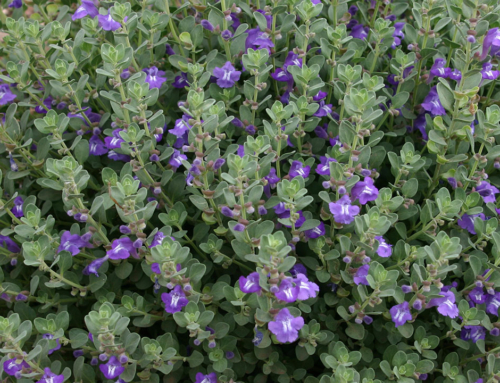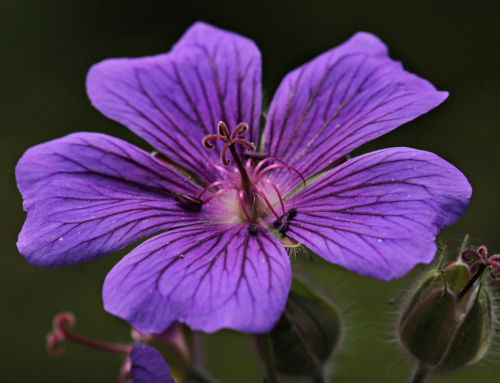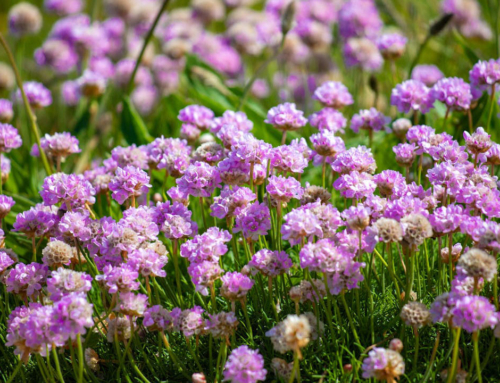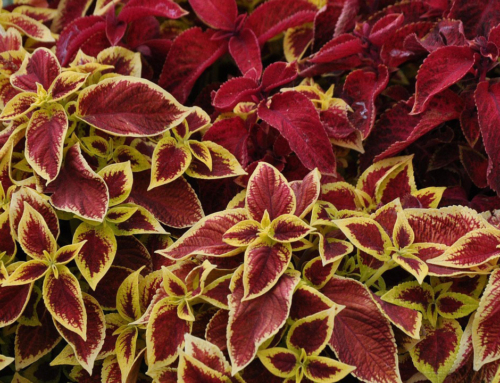Selecting Fruit and Vegetable Varieties
Wouldn’t it be heavenly to walk outside today—without needing a hooded parka and insulated boots—to harvest a tomato from the garden? Though we’re months away from being able to do that, now is a perfect time to nurture our winter dreams by selecting the fruits and vegetables that we’ll enjoy this summer.
To better understand seed genetics, treatment, and growth—all of which can help us select plants appropriate for our growing conditions and gardening goals—it’s useful to know the following terms:
- Open pollinated (OP) – Seed that can reproduce by itself and is identical from one generation to the next.
- Heirloom – An open pollinated seed that has a history of 50+ years.
- Hybrid (F1) –Seed bred from two other varieties to obtain desirable traits, such as flavor, color, and disease resistance.
- Treated seed – Seed coated with a fungicide or insecticide to protect the seedling from pests or diseases.
- Pelleted seed – Seed coated with a hard covering made of clay or another material, often done for small seeds to make them easier to handle.
- Germination rate – A measure of the percentage of seeds estimated to be viable during the year specified; this rate declines as the seed ages.
- Direct Sow – Seed that can or should be started outside.
- Transplant – Seed that is started in pots and later moved to the garden.
In addition, gardeners should know a plant’s days to maturity (DTM), which indicates the number of days from germination to harvest. This number can be found in many seed catalogs next to the variety name. Because Minnesota’s growing season is relatively short—from May through September—gardeners should keep in mind the maturity date, especially when planting a crop with a long maturation time. Remember, too, that this figure is approximate and is affected by weather and soil quality.
When selecting plant varieties, gardeners should also consider germination temperatures, light specifications, and heat and cold tolerance—all of which can help determine if the plant would grow better as a spring crop or a fall crop. Bolting—when plants produce flowers or seeds because of heat, light intensity, or day length—makes a plant’s leaves lose flavor or become bitter, effectively ending its harvest season. Seek plants that mature before the height of summer, or plan for a fall crop. Also consider planting a biennial crop, such as chard, that won’t flower until its second year of growth.
Allocating proper growing space will help plants thrive. To free up ground space, think about growing fruits and vegetables that climb, such as pole beans, cucumbers, melons, and winter squash. Be certain that the supporting structure—fence, trellis, or cage—is strong and doesn’t block sunlight from other plants, and consider choosing smaller fruit and vegetable varieties.
If you plan to grow tomatoes, ask yourself how large a crop you would like, if you intend to plant in containers or in the ground, whether you need cages or other support structures, and if you plan to preserve your harvest. Consider whether the variety is determinate, meaning that it produces all of its fruit at once, or indeterminate, meaning that it produces tomatoes throughout the season.
For berries, most of which grow on shrubs or trees, determine the varieties appropriate for your climate zone, whether they require cross-pollination, and when they flower. For instance, blueberries and apples need compatible varieties in order to cross pollinate and make fruit; strawberries and raspberries are available in varieties that can generate concentrated harvests, multiple harvests, or continual harvests.
When it comes to purchasing seeds or plants, consider the investment in time and money that you’re willing to make. Both plants and seeds can be purchased through nurseries, garden centers, plant sales, and catalogs or websites. Though seeds are less expensive than plants and are available in greater variety, consider the equipment required to start them yourself. When purchasing plants, choose sturdy specimens with healthy-looking leaves that are grown by reputable suppliers, such as local retailers. Plants, and the soil in which they’re grown, can introduce pests and disease into your garden if they come from unknown or unreliable sources. If you’re not sure about soil quality, consider purchasing bare root plants, which are sold without soil.
Above all, keep records! List the varieties you plant and where you got them. If you grew a plant from seed, what date did you start it and when did you transplant and harvest it? Did it thrive? Would you plant it again? Were any plants beset by pests or diseases? If so, were you able to treat and overcome them? If not, would you consider a resistant hybrid next time?
Daunted? Don’t be; there are many helpful resources out there. The University of Minnesota Extension is an excellent place to start: Planting the vegetable garden | UMN Extension
Soon enough, the soil will have thawed and we’ll be outdoors again, harvesting tomatoes—and our other favorite fruits and vegetables.
By Laura Austrian




